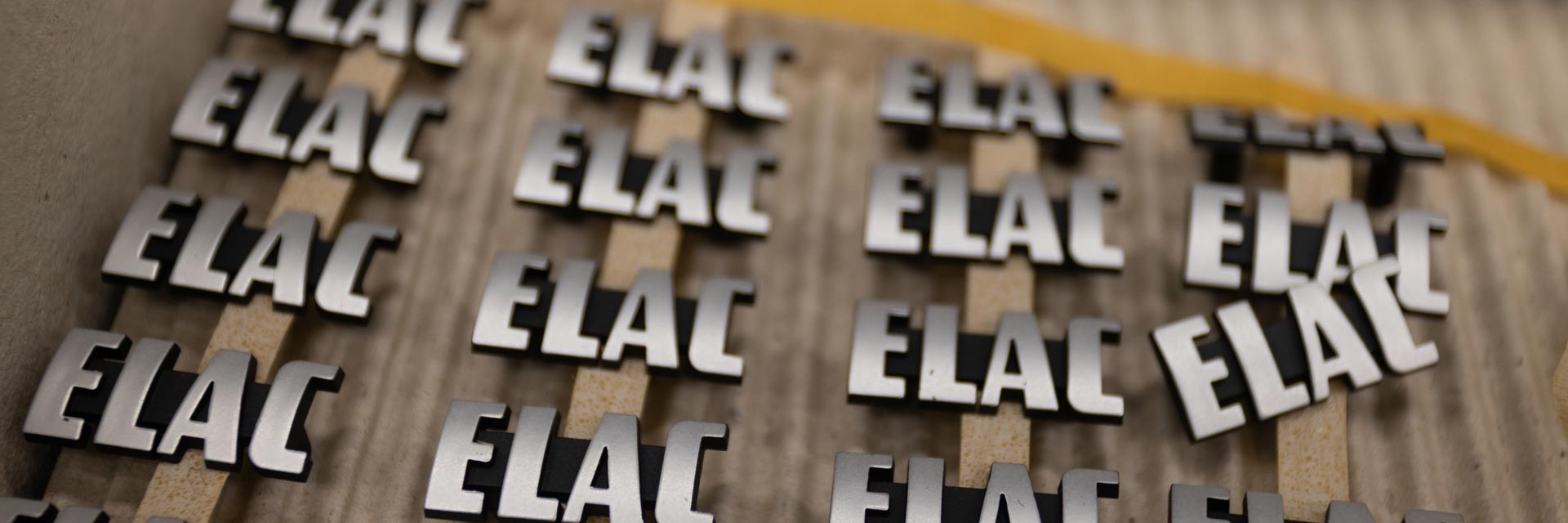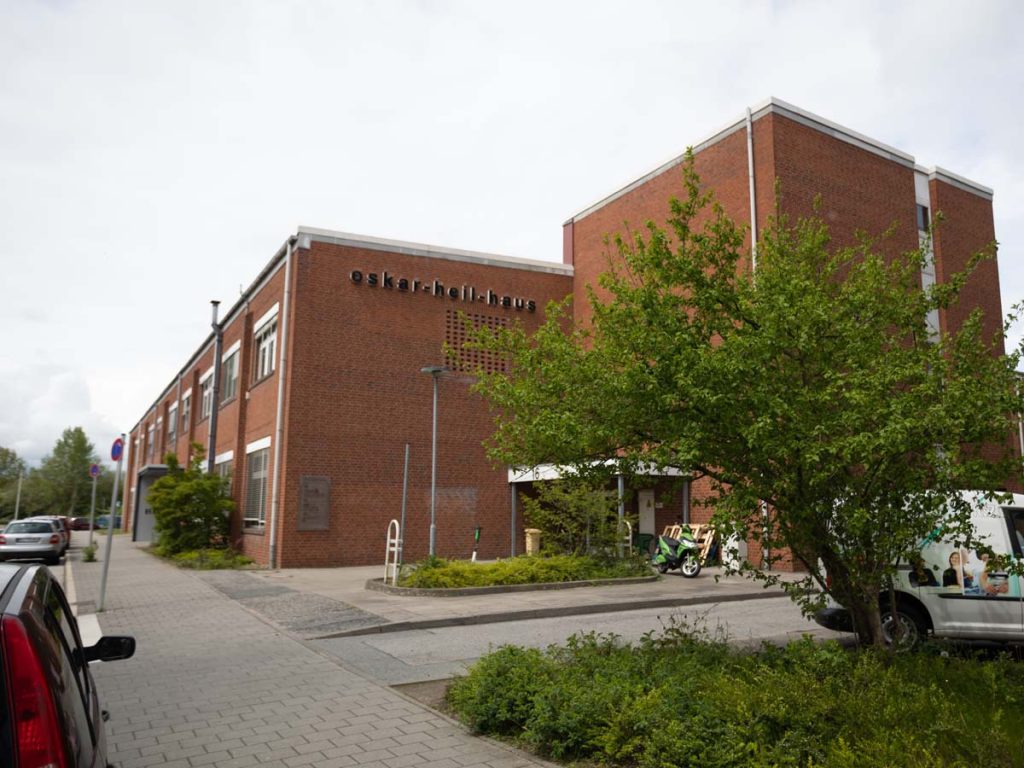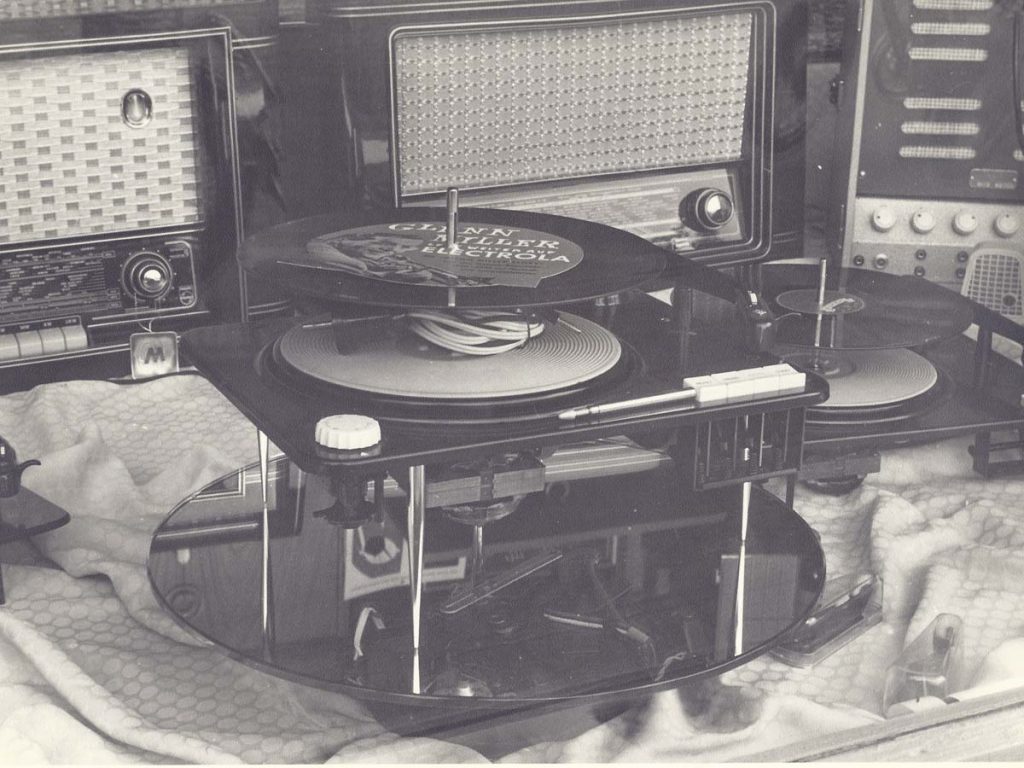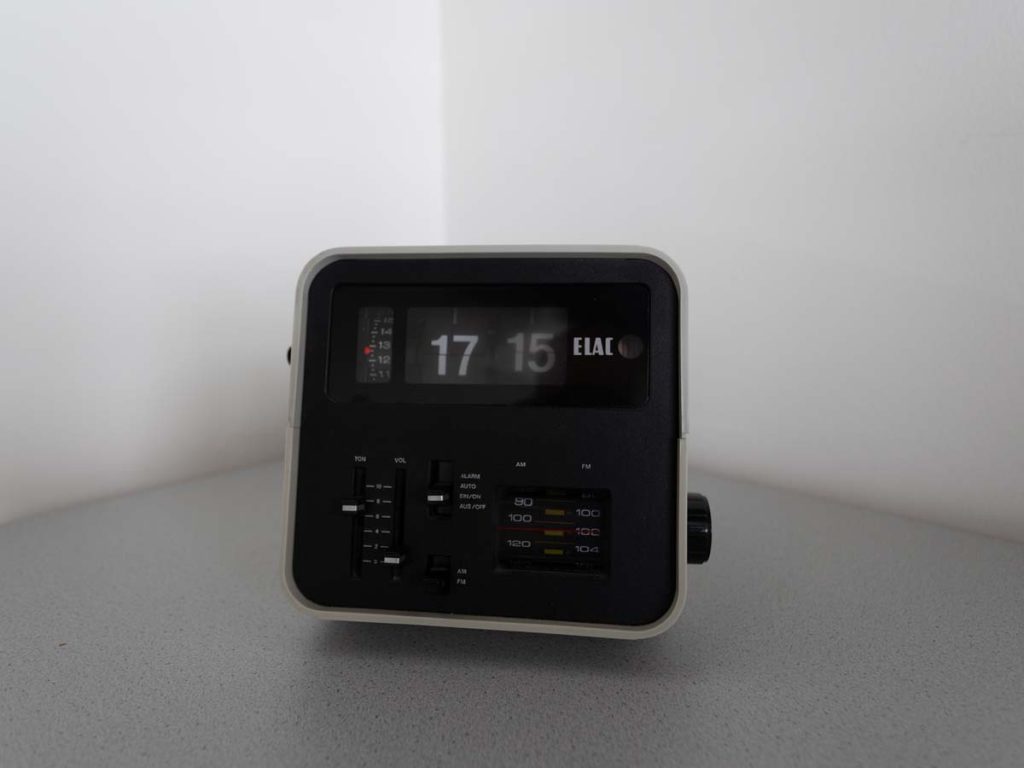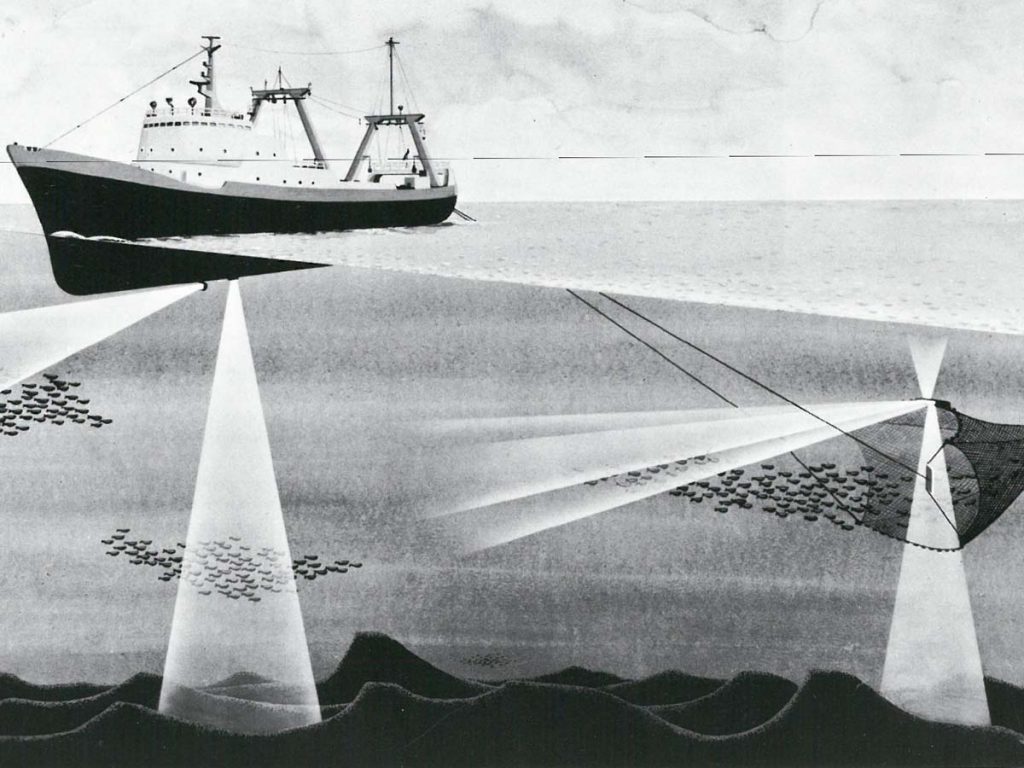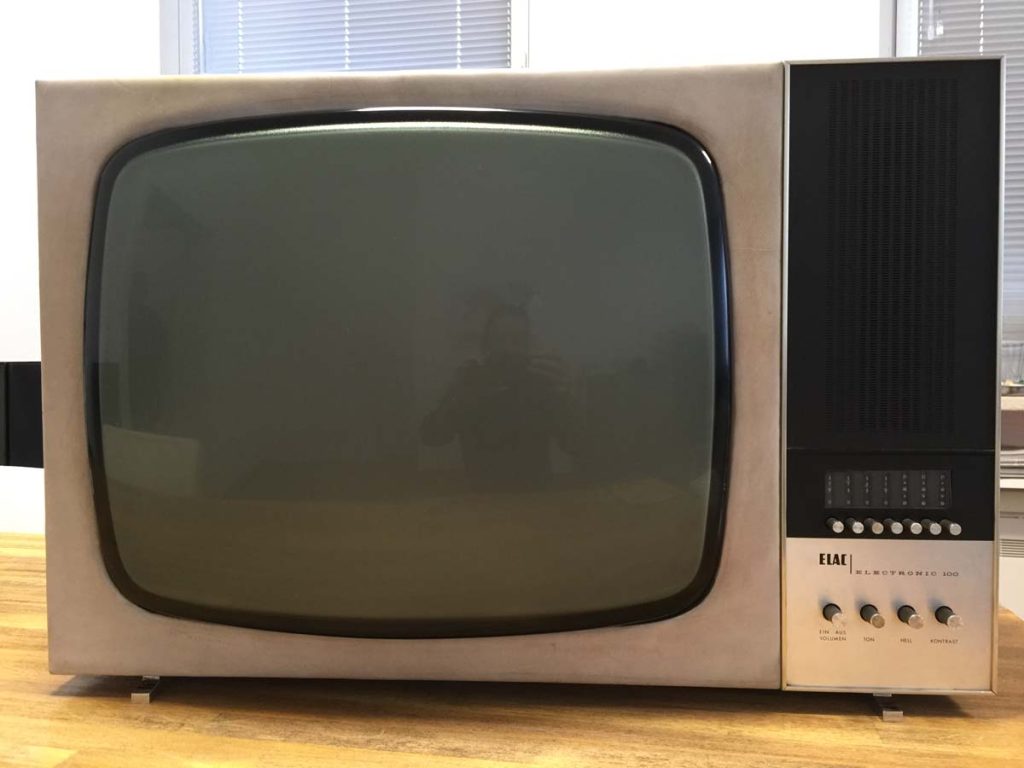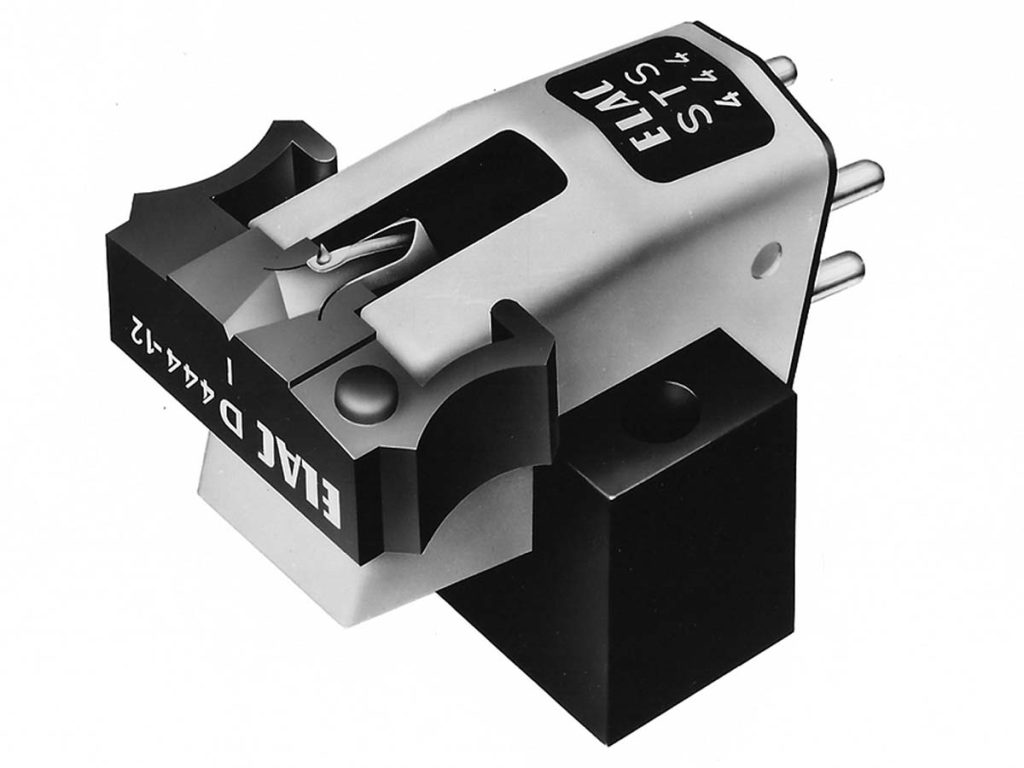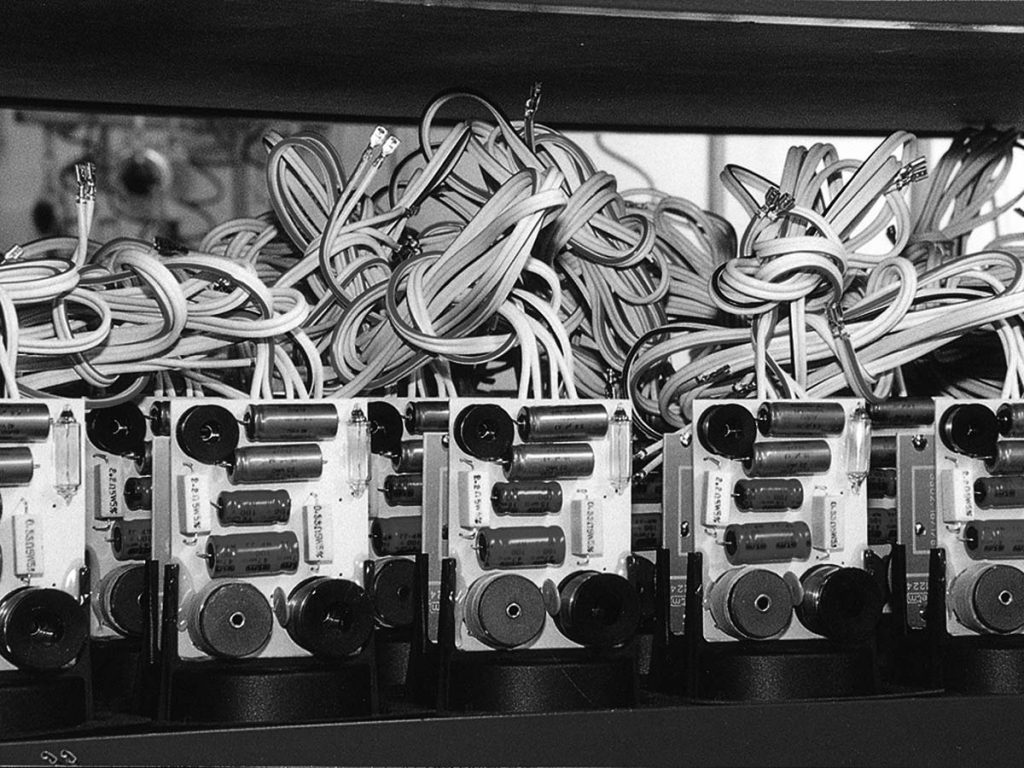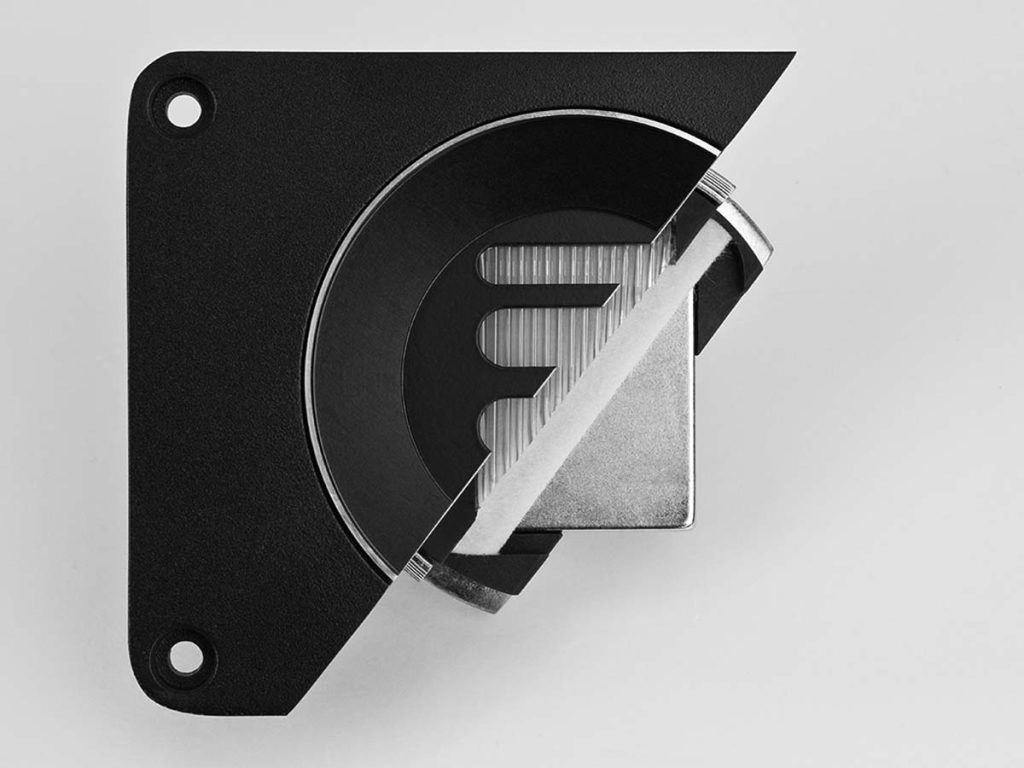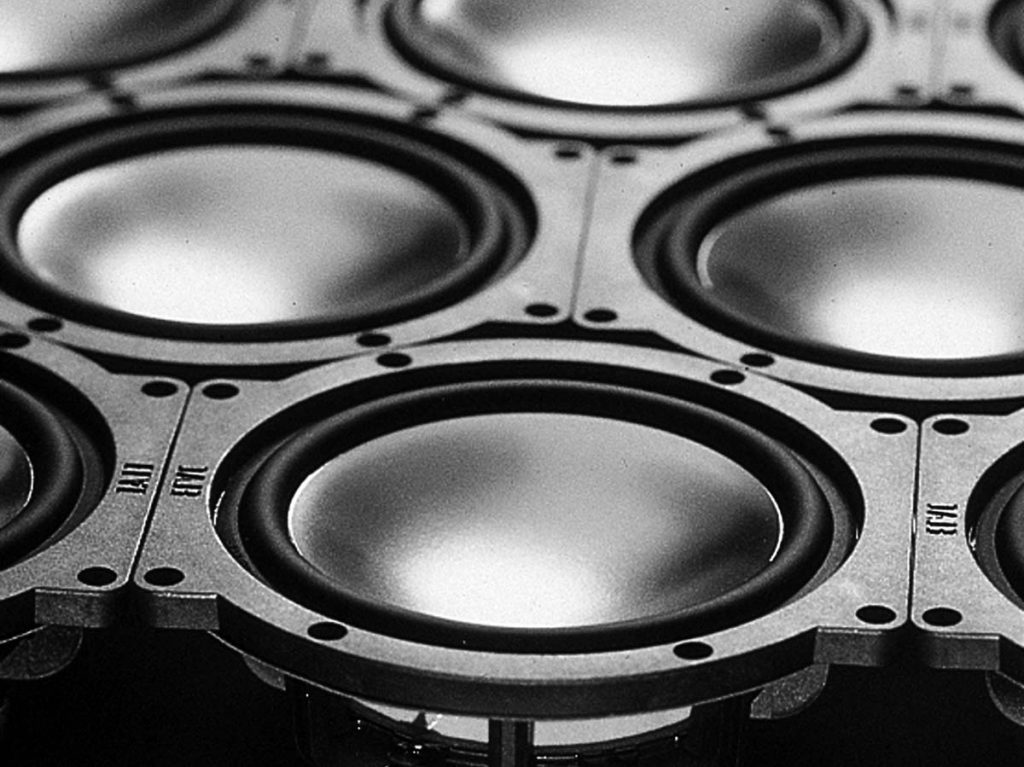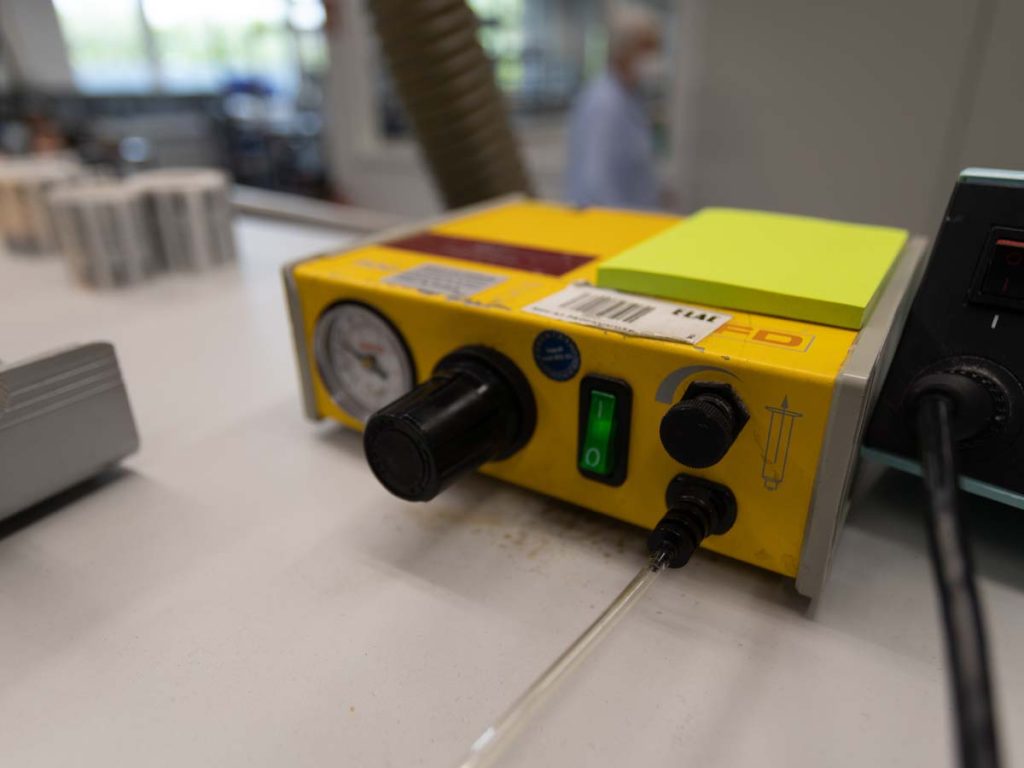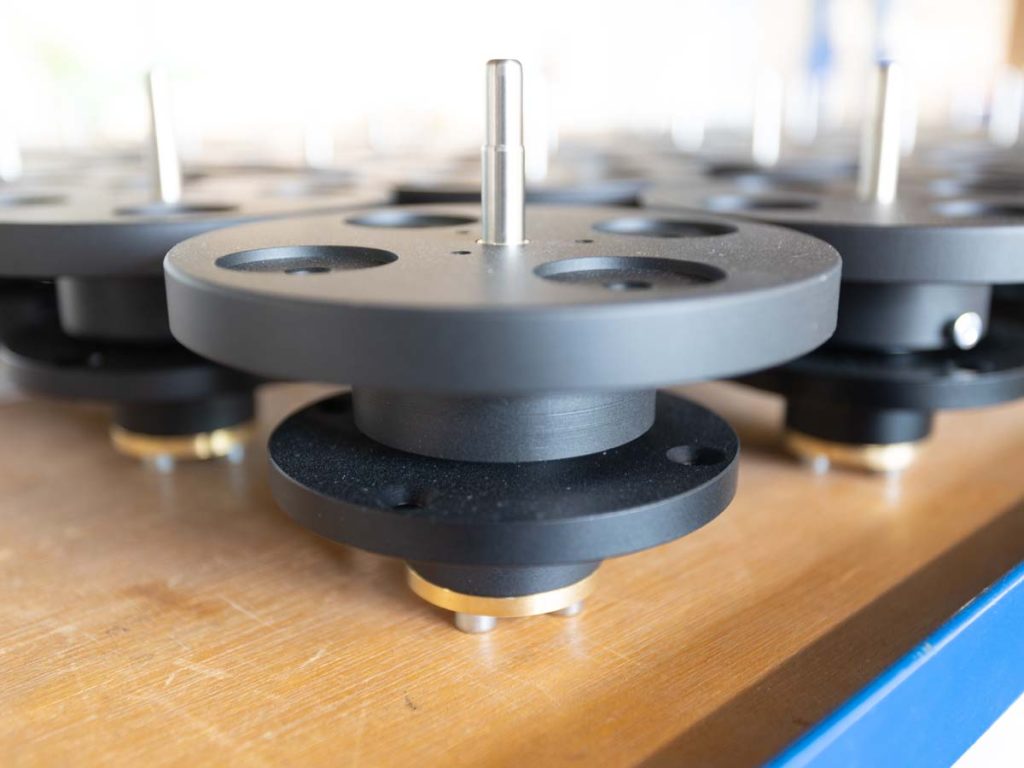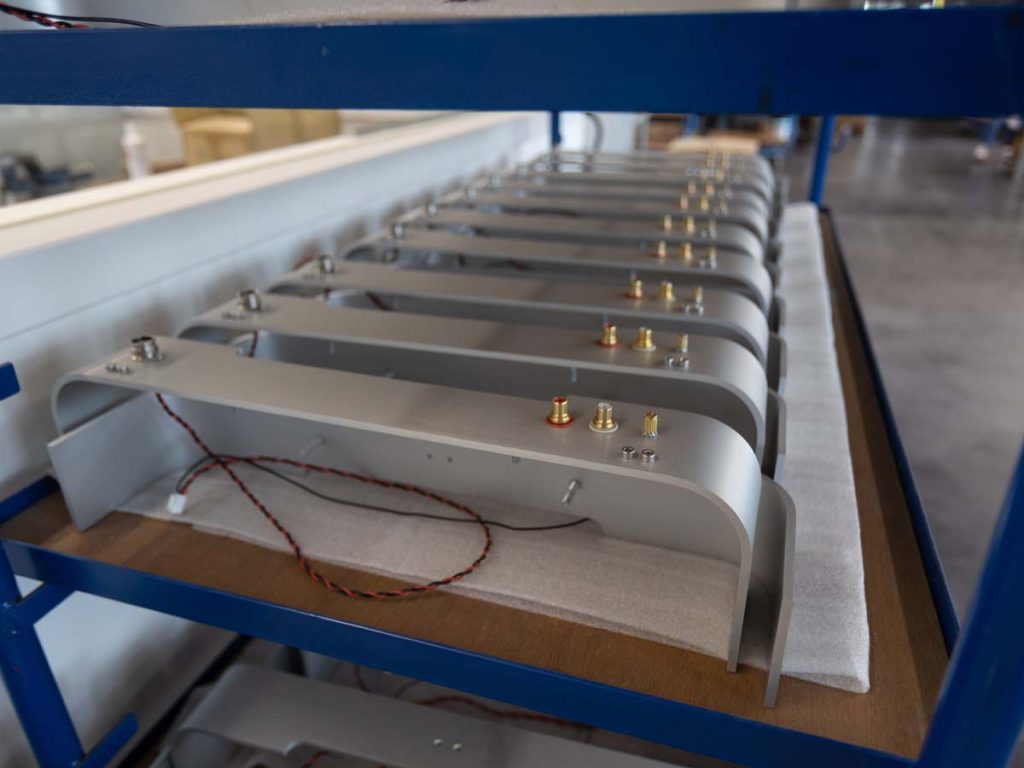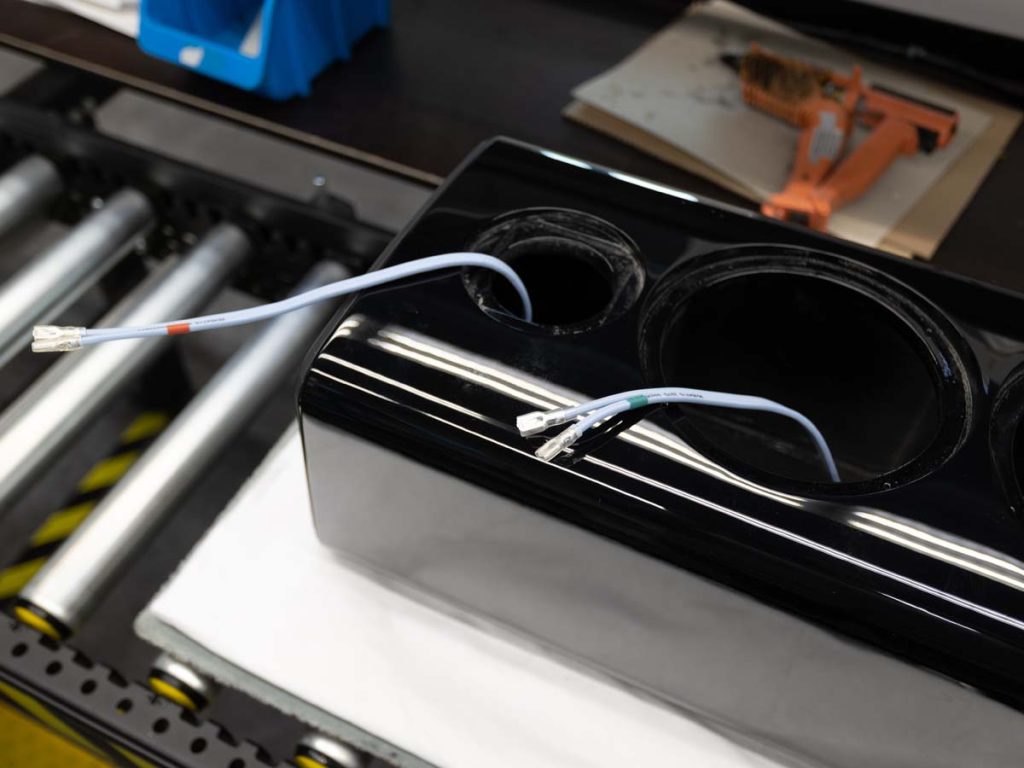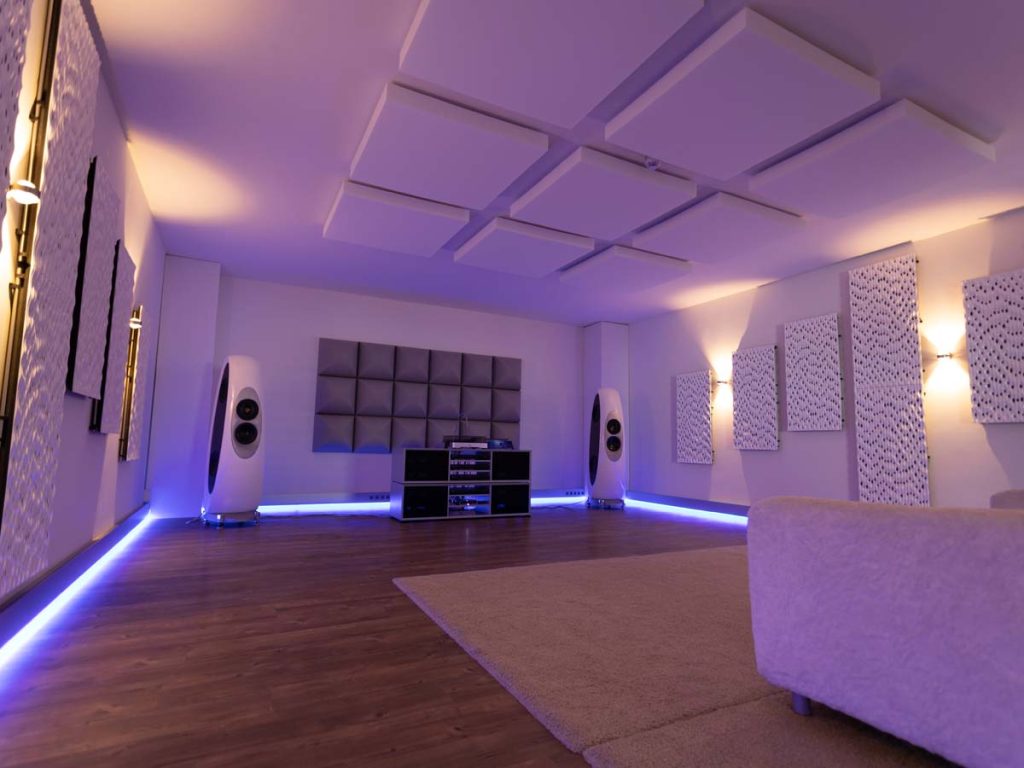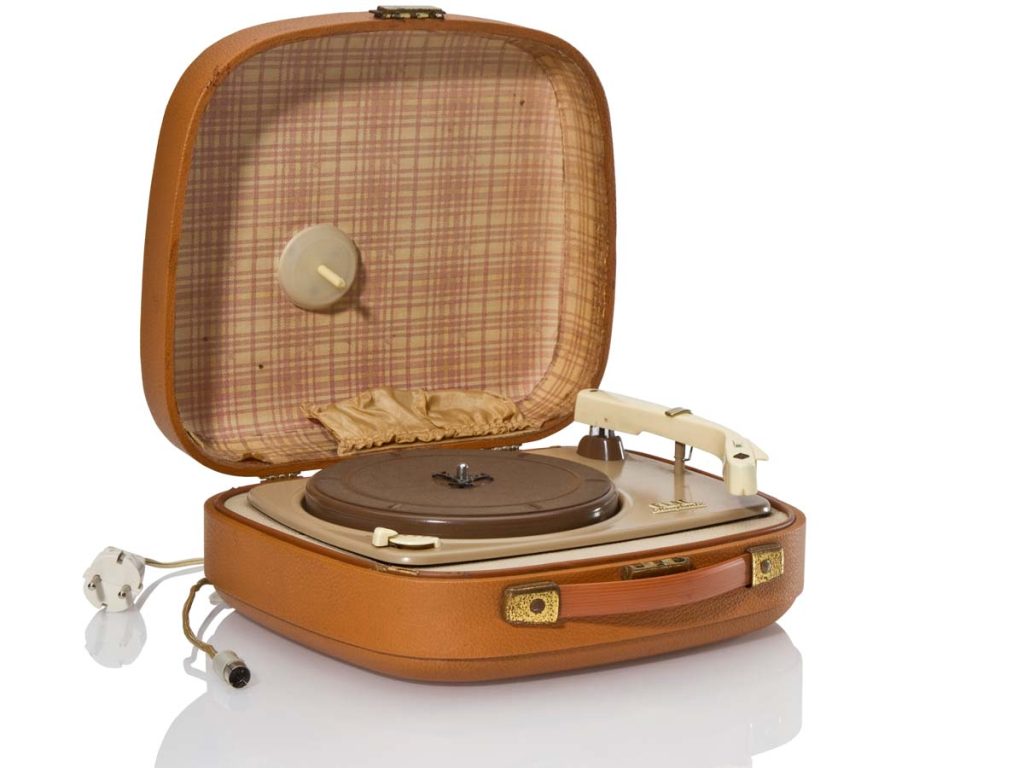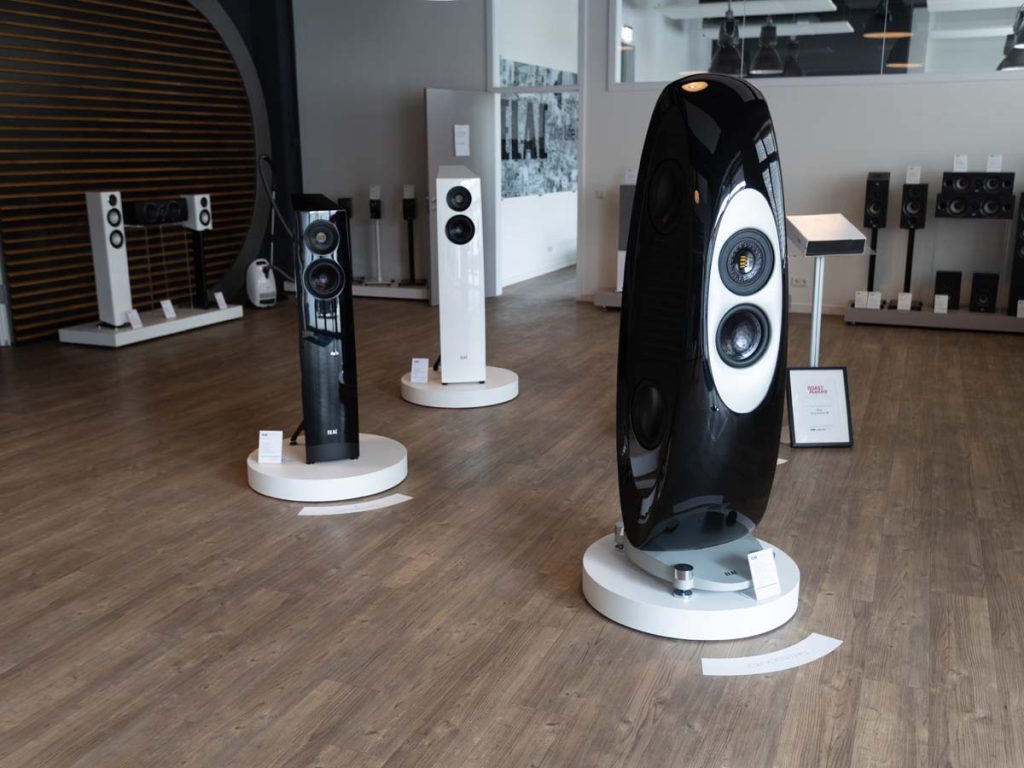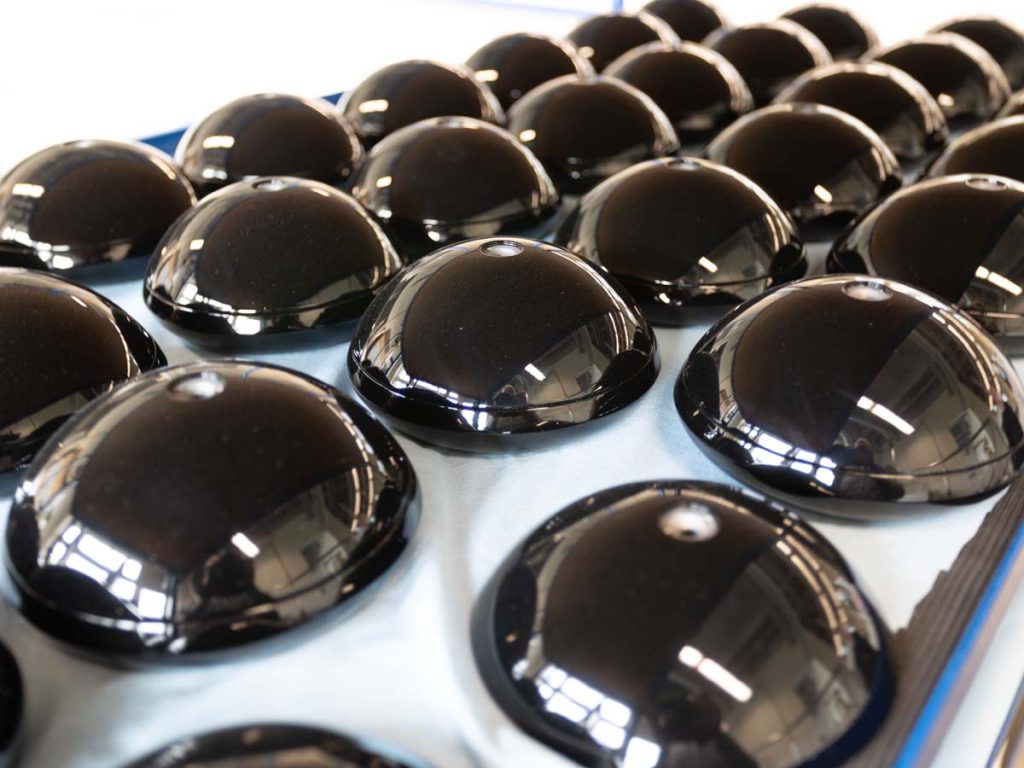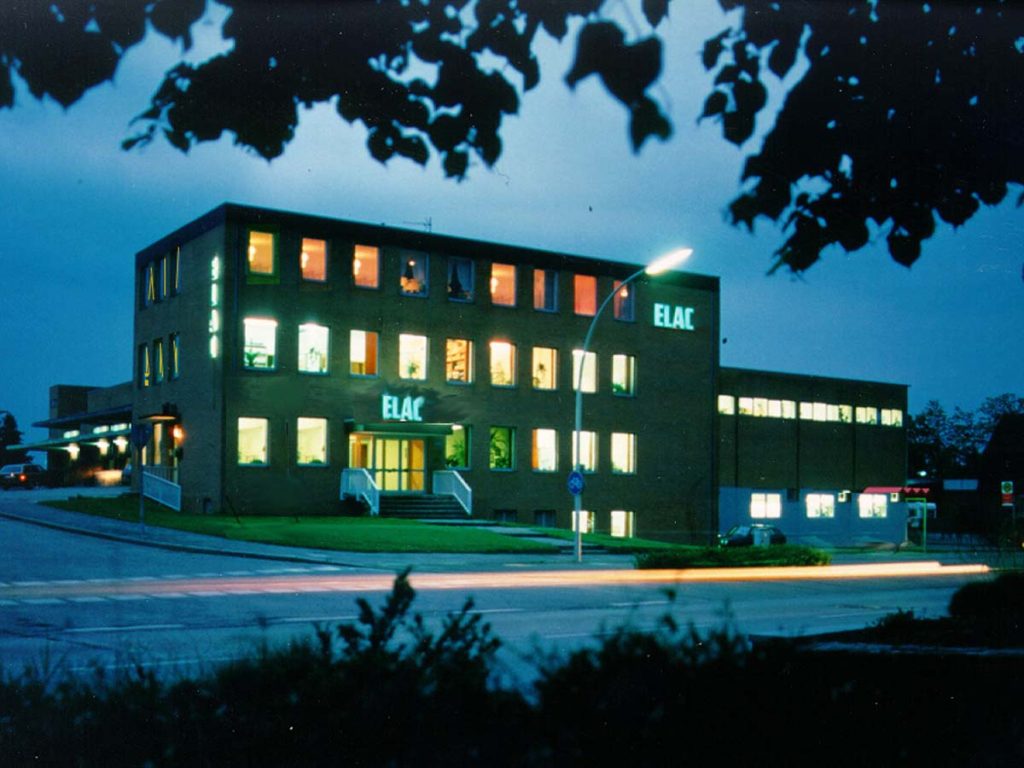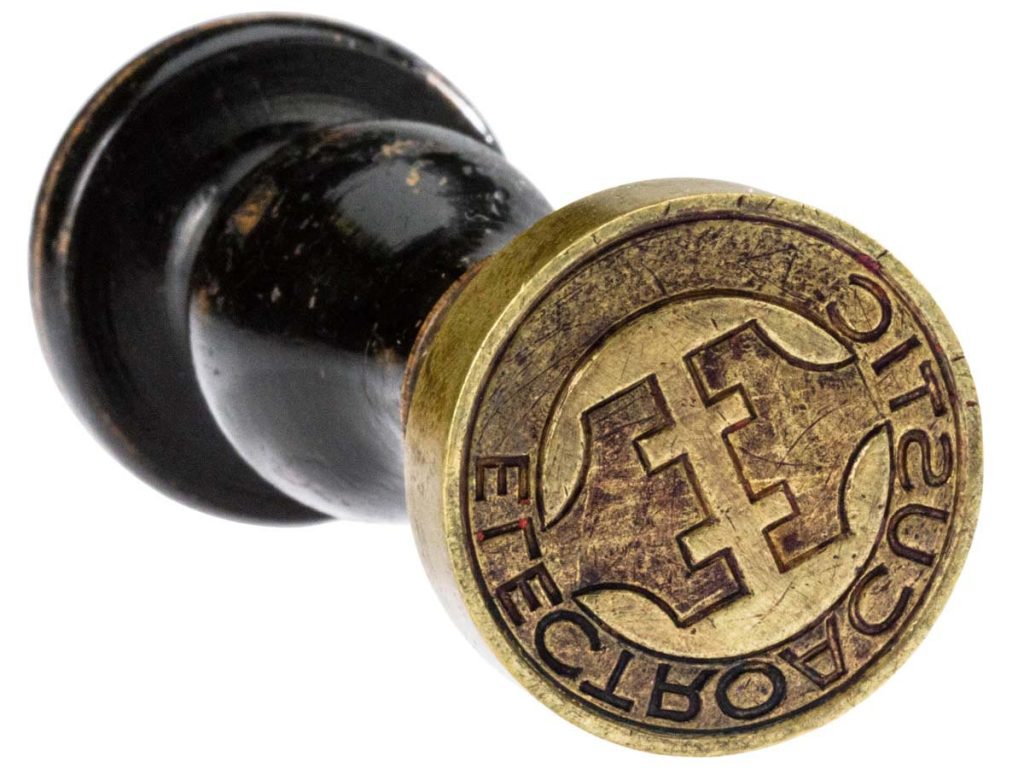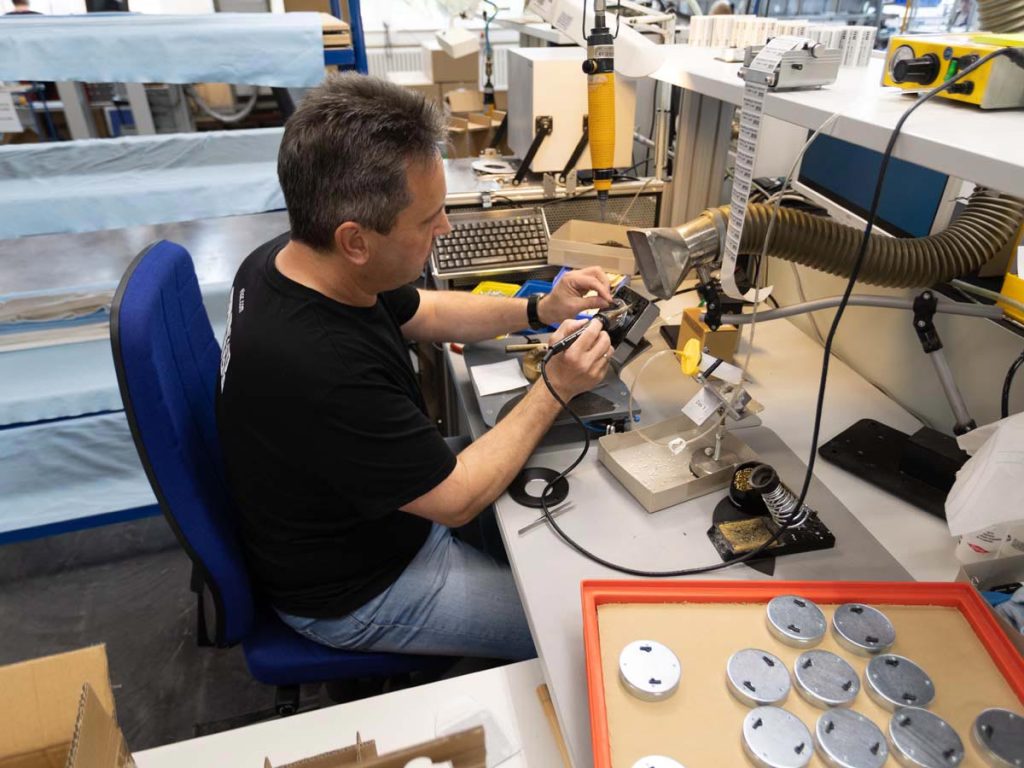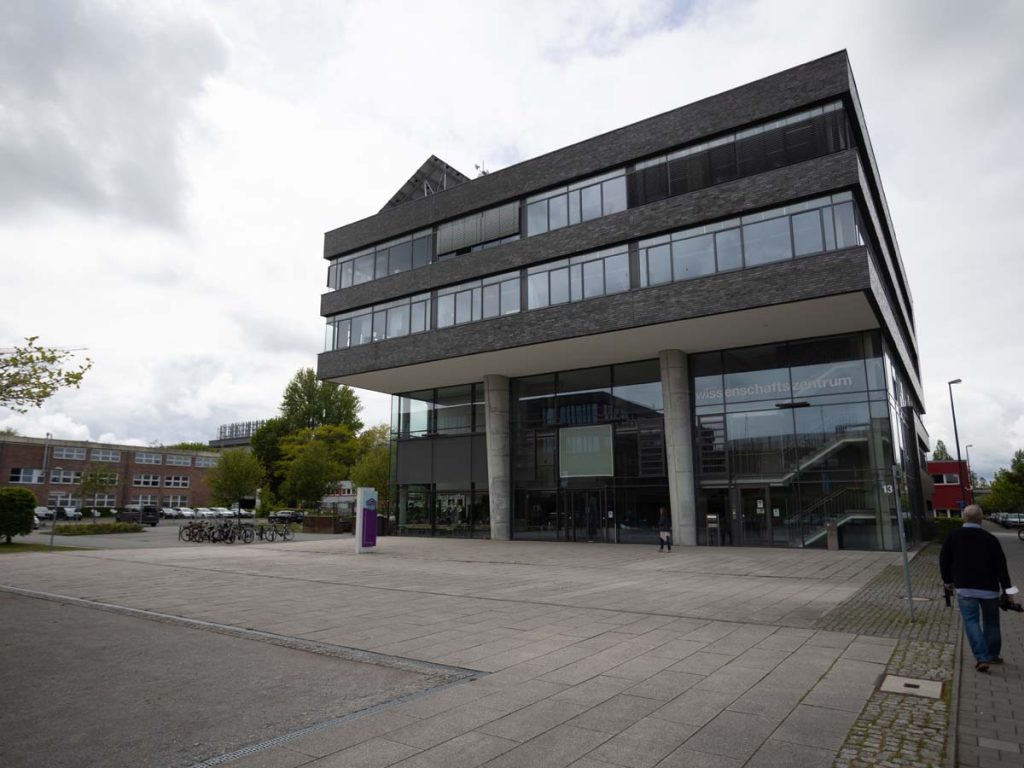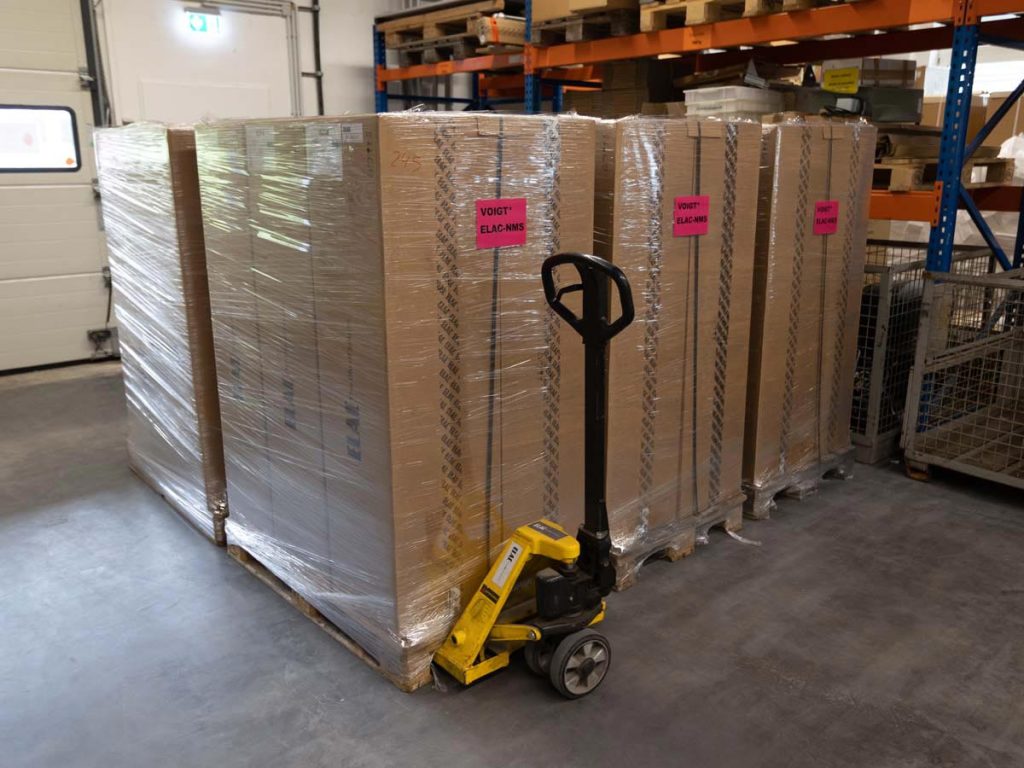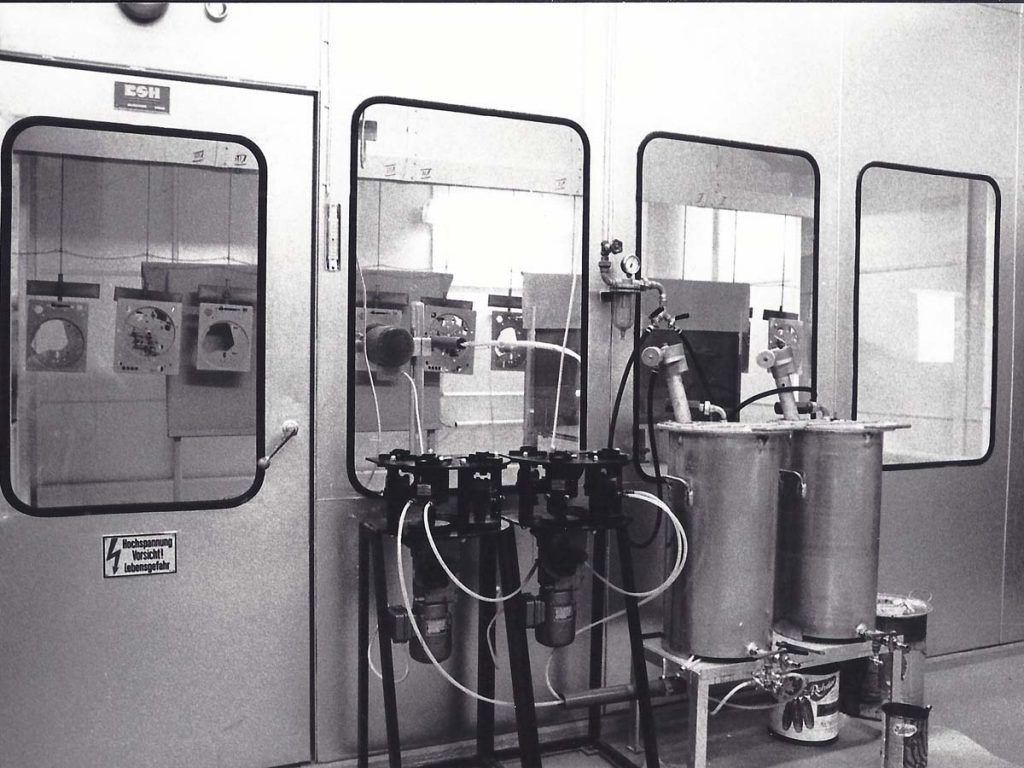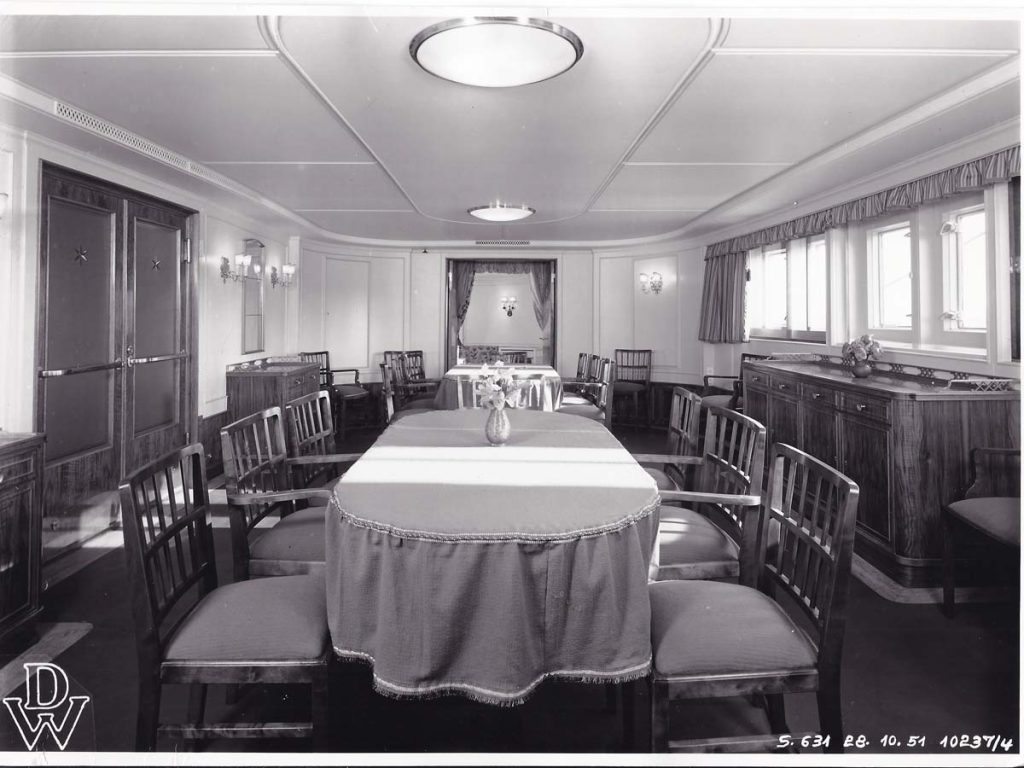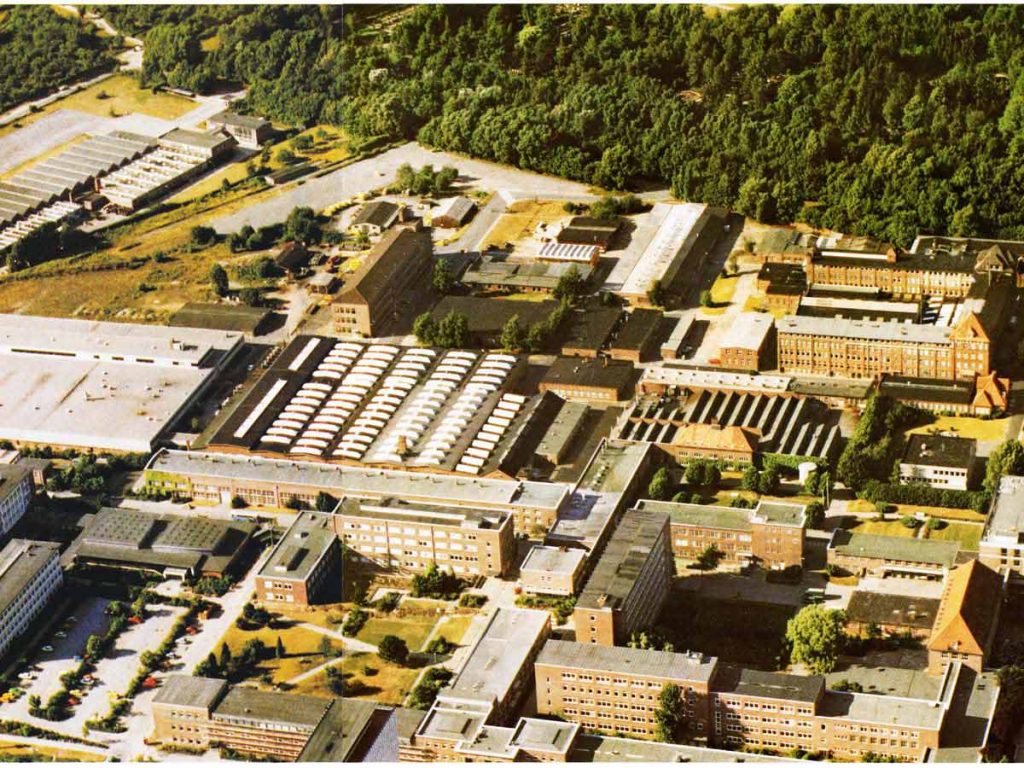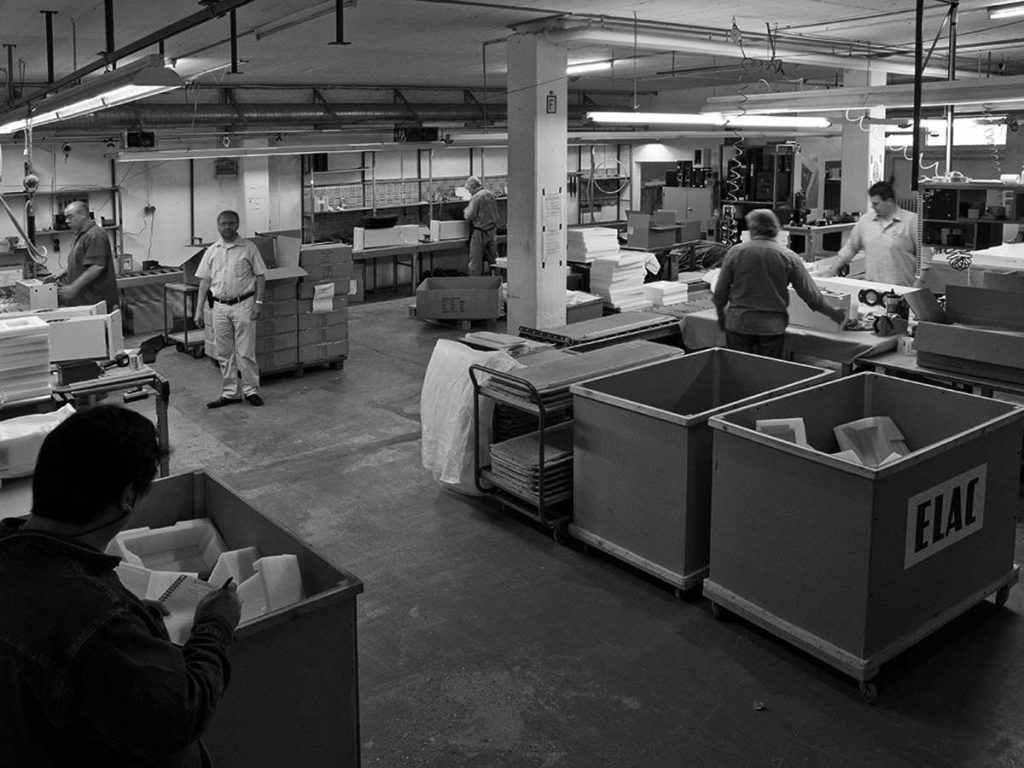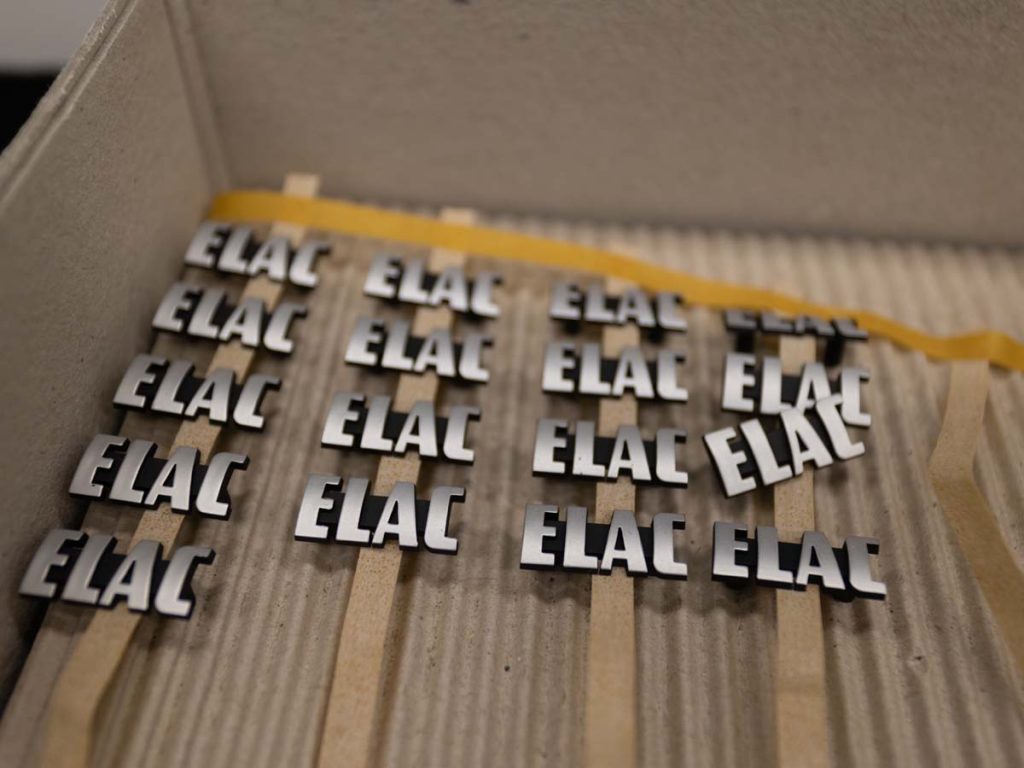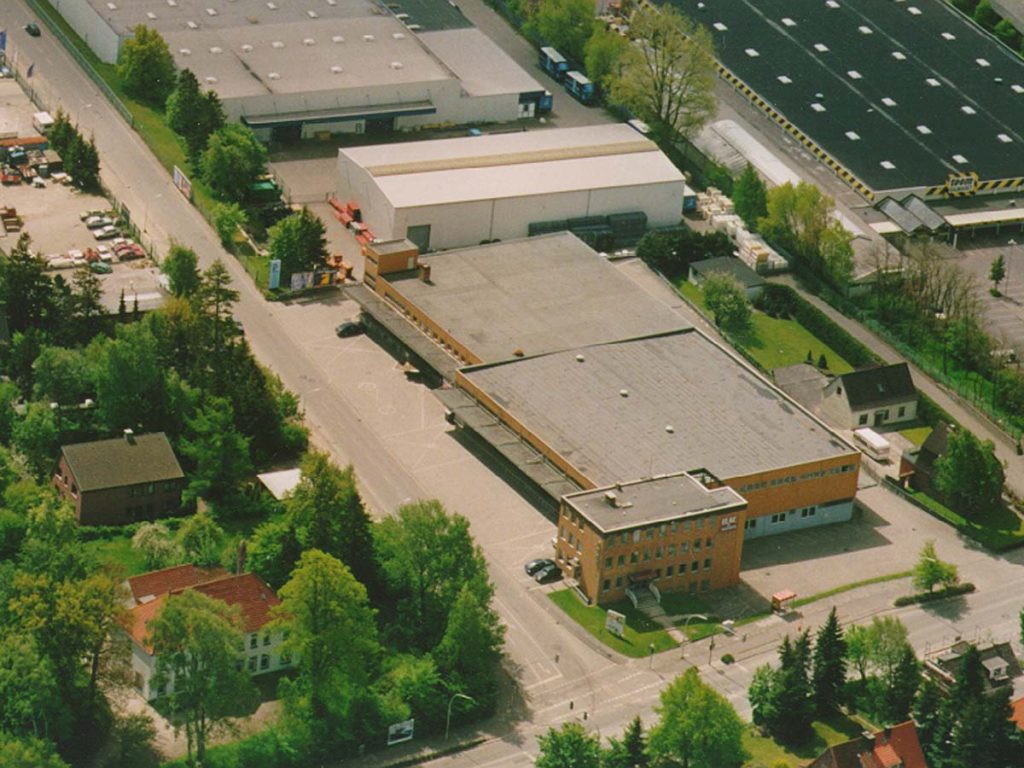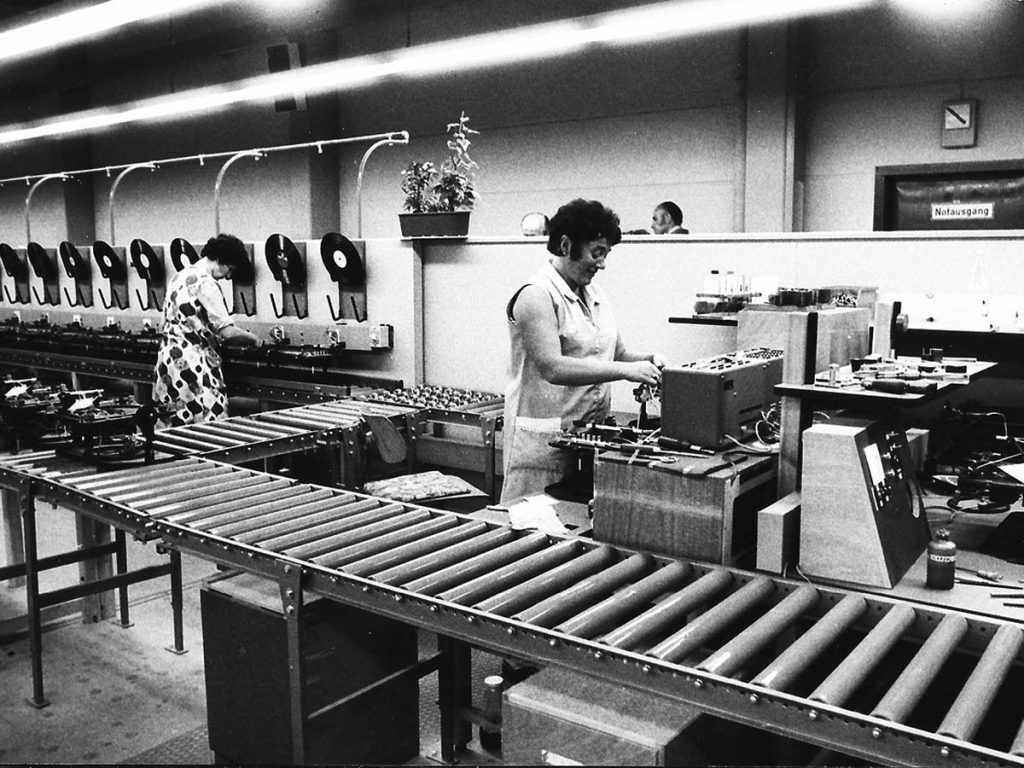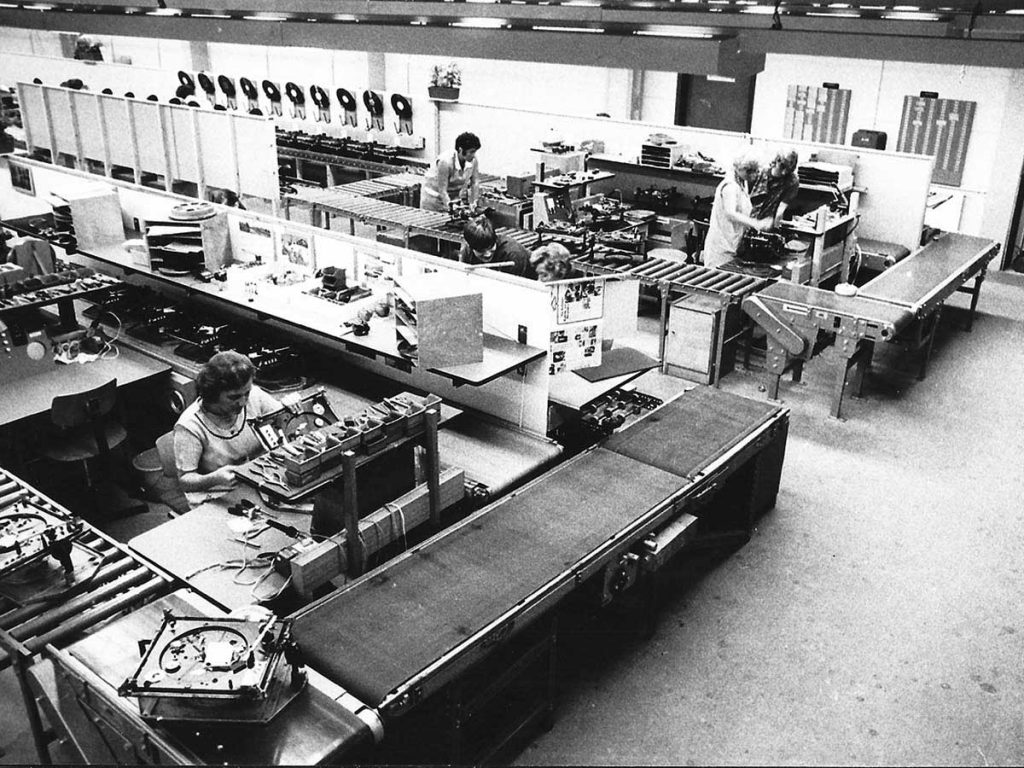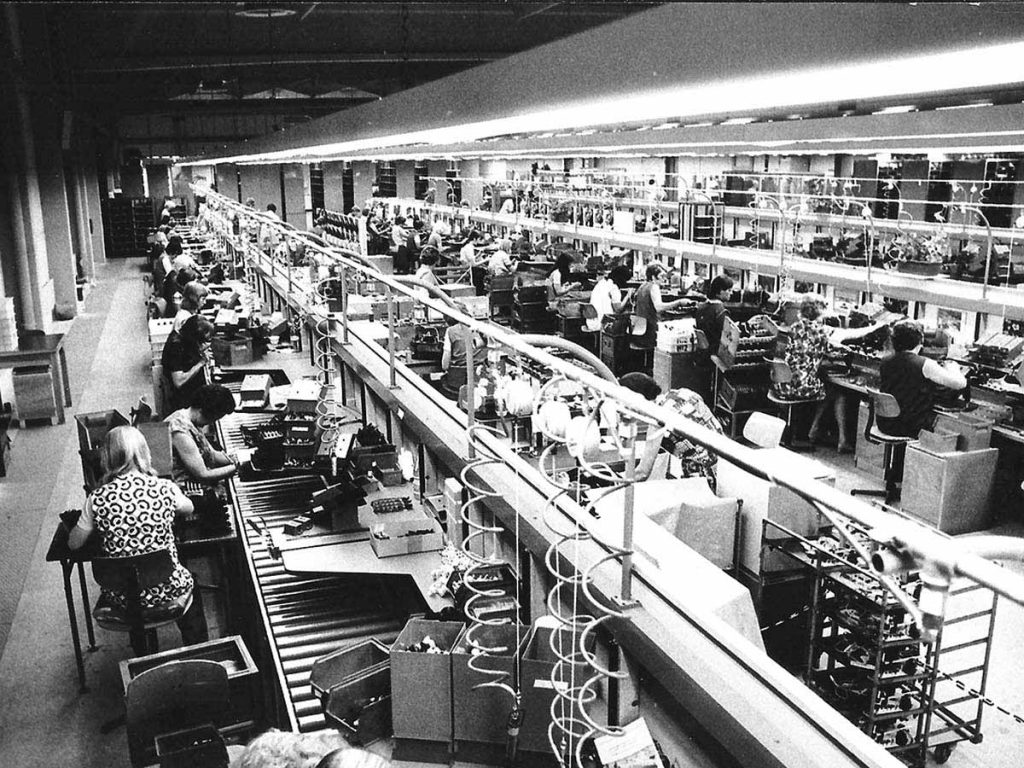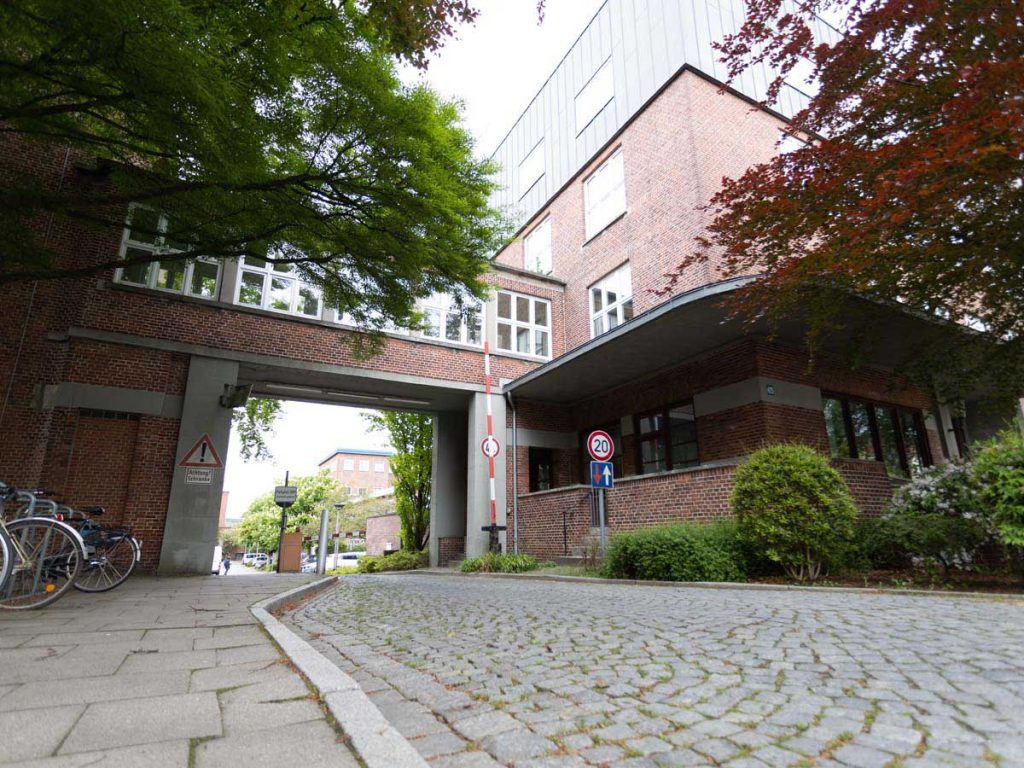You would be hard-pressed to find another German manufacturer with as long and eventful of a past as ELAC. We got to visit the premises in Kiel and immerse ourselves in the almost 100-year history of “Electroacustic GmbH”.
I’m sure you know of Russian dolls: the little wooden or plastic figurines that separate at the middle to reveal another smaller figurine inside. This concept springs to mind the more you study the ELAC story and look into its origins. Secrets regarding its roots are revealed, layer by layer, but somehow you can never get to the core. And by “core”, of course I mean the date of the company’s founding, signaling a stone-set start date for the long-established brand. But your guess is as good as mine, as, depending on who you ask, their interpretation and the leeway involved, the company could be between 36 and a whopping 122 years old.
Since the cool-headed tribe of this company based in Schleswig-Holstein includes many Kiel locals, they tend to prefer tangible, pragmatic solutions that don’t require any further discussion. If you ask the employees, they’ll tell you that 2021 marks the company’s 95th anniversary. This is due to the name “Electroacustic GmbH” (or “ELAC” for short) first appearing in the accounting records in 1926. Any follow-up questions or objections are met with a shrug and an indifferent mumble.
To mark the anniversary, we paid ELAC a visit at the new/old headquarters. Only a select few steps are conducted directly on site these days. Primarily the trickiest processes are executed on the workbenches of the logically arranged production halls, including of course the highly sensitive JET tweeter folding and assembly. On the adjacent production line, they are joined in matrimony with components that ELAC commissions select companies to produce to exacting standards according to rigorous specifications. You won’t find any off-the-rack chasses or components here. Everywhere you look, drivers, tiny lengths of wires and pre-assembled crossovers are ready to go, waiting for installation in their housings delivered daily from an off-site warehouse in the requested colors of their future owners, and (except on Sundays and national holidays) immediately transformed into finished loudspeaker pairs.
One little detail makes the present-day ELAC different from the old days, and sets it apart from the vast majority of competitors: despite its size, the company has a truly impressive team spirit and relaxed atmosphere, which came across time and time again in our conversations with various employees. Many employees have worked at ELAC throughout their entire professional career and often for several decades. Moreover, the Kiel-based company is so firmly rooted in this northern German state capital that many of them earned their first paycheck while still at school, did an internship for a semester as part of their degree or are the second generation of their family to work at the company. This has developed a strong bond which ingrained the team’s self-confidence. Processes here, such as assembling tweeters, pre-adjusting Miracord turntables and conducting the final assembly work and metrological acceptance tests for loudspeaker pairs, don’t seem like a chore, but rather an honor. And while it may sound like a cliché, they do say that if you do what you love you’ll never work a day in your life. Let’s take a closer look at the company’s eventful history.
The manufacturer’s roots date back to 1899, when Neufeldt & Kuhnke was founded – and even that company probably had its own history. Experiencing rapid growth, the workshop produced ship engines and naval accessories that soon led to involvement in acoustics. In 1908, a team led by developer Dr. Heinrich Hecht began exploring the transmission of acoustic signals – Morse code signals at the time – through water. For example, fishing boat A could greet fishing boat B without visual contact. Bear in mind that radio technology had already been discovered by then, but it could not yet be utilized in applications involving movement. As a by-product of this research, the company garnered extensive expertise in water-based location techniques that are still utilized today in the form of echo sounders and sonar devices. This was world-class pioneering work. And this new line of business seemed so promising that in 1911 the company’s founders set up a separate subsidiary company, Signalgesellschaft mbH, which ultimately became ELECTROACUSTIC GmbH (or ELAC for short) in 1926.
Over the next two decades, in addition to sonar devices, the fledgling company developed and manufactured airplane altimeters, as well as a multitude of precision engineering equipment for commercial and military maritime applications. ELAC’s resultantly immense success garnered them worldwide attention. By the mid-1930s, it had several thousand employees and this was undeniably an up-and-coming company. The original northern Kiel site grew into an industrial complex, which would soon form a district that still exists to this day. Then, the first of three major turning points arrived when the war ended in 1945, each of which can be considered as a time when the company reestablished itself. Classified as an armaments manufacturer, ELAC fell under British military administration control, but by the end of the year it was granted permission to develop and manufacture commercial products. Nearly simultaneously, the company decided to utilize large portions of its premises, which it had been forced to downsize, in order to house Kiel University, still located there today. Among the commotion of the post-war years, employees saw countless products come and go. They made a multitude of household appliances, consumer goods and industrial goods (mainly for other companies) that no one would associate with ELAC today: washing machines, kitchen scales, tire pumps, sewing machines, small-power motors as well as car parts and electronic components. Essentially, they built whatever was needed most.
The back and forth ended in 1948 due to two major developments: ELAC’s developers focused on their key strength, echo sounder technology, which became a money-maker in the commercial fishing industry as “fish finders”. Simultaneously, the Kiel-based company established itself in the early consumer electronics industry with its electronic components. Siemens commissioned it to make virtually all of the Erlangen-based company’s radios. This had the company’s leaders wondering whether they should move forward with their own innovative developments. In 1948, ELAC unveiled its very first record changer and, thanks to the solid design, several thousand units were sold in just a few months, quite an achievement back then.
The initial success was quickly followed by a torrent of patents and innovative developments, all predominantly focused on vinyl playback. As such, in the mid-1950s, ELAC launched a turntable whose name can once again be found in the product range: the Miracord. At the time it was incredibly popular due to its easy operation – so easy, in fact, that it was game-changing. Initial complete devices soon followed, as until that point, all ELAC turntables had been designed as console-shaped, built-in devices without a separate frame. In 1957, their first magnetic cartridge was developed — this sparked a real revolution. Instead of utilizing steel tips prone to wear, they employed a crystal for the very first time, thereby significantly extending the service life of the sensitive cantilever. However, most importantly, this pickup would go down in hi-fi history as the original moving magnet (MM) system. Countless third-party manufacturers subsequently applied for licenses to replicate ELAC’s pickups, whose basic operating principle is the most popular among cartridges to date – but we don’t need to tell you that.
On the back of this success, ELAC became one of the world’s largest hi-fi manufacturers by the end of the decade. It expanded the product range throughout the 1960s. Turntables and pickups were joined by portable radios and the incredibly popular portable and travel turntables – the portable media devices of their time. Various amplifiers, compact systems and radiograms were also born in Kiel. And so, ELAC became one of the largest full-range manufacturers in the electronics and entertainment industry. Their product portfolio continued growing into the 1970s, with new additions including console-shaped complete systems with cassette tape decks, and, for a short while, even TVs and quadraphonic amplifiers (1979). However, growing competition from the Far East caused the ELAC gears to crunch for the first time.
The second major turning point came when the company sold the nautical division in 1978. The now much smaller company – we’re discussing ELAC as an exclusive hi-fi brand for the first time now – moved to less expansive premises, and they found a new sales and distribution company in John & Partner, which actually acquired the company in full in the 1980s. The new Managing Director, Wolfgang John, could never have imagined the issues that this company would soon face. By the mid-1980s, vinyl market shares – and, by extension, turntable sales – were in free fall. This soon led to another major turning point that shaped the ELAC of today.
While other analog specialists were closing shop, ELAC pushed forward and made a complete repositioning. Acquiring the manufacturer AXIOM, based in the Taunus (1984), provided Kiel with loudspeaker manufacturing expertise. And, once again, their development and manufacturing teams demonstrated an incredible ability not only to utilize existing technology, but also to elevate it to new heights. The early loudspeaker models, such as the 250-4Pi (1985), heralded a signature ELAC speakers feature still manufactured today: the 360-degree ribbon tweeter known as the 4Pi, which can reproduce up to 50 kilohertz frequencies, and was ready for hi-res media long before their invention.
At the start of the 1990s, a little technological venture proved that ELAC wouldn’t give up on either amplifiers or analog technology. The Linear Acoustic LA Tube 1, which ELAC developed, built and sold for several years, stood out as a top-notch, high-end tube integrated amplifier.
Simultaneously (1993), they unveiled the successor to (or perhaps variant of) the 4Pi. The JET tweeter embraced Oskar Heil’s air motion transformer concept, raising it to dizzying heights of resolution. Like the Pi, even the initial versions of the practically floating JET reproduced frequencies up to 50 kilohertz, making it one of the most powerful tweeters on the market.
And yet another legend was launched in 1995. The compact ELAC 305 struck a perfect balance between high-fidelity playback, impressive bandwidth and compact dimensions. The small speaker’s robust metal housing withstands high volume levels, helping the “little one” forgo the test of time. Furthermore, the BS 312 model, which has experienced several upgrades, remains one of the bestsellers in the range. ELAC is now certainly much more than just a loudspeaker manufacturer. In 2010, Global Legend Holdings acquired a participating interest in ELAC, triggering a new range of innovations. One emergent gem was Air-X technology (2013) and, with it, wirelessly controlled active loudspeakers. As such, ELAC became one of the first hi-fi manufacturers to offer a top-notch counterpoint to the trendy and increasingly popular lifestyle loudspeakers.
To mark their 90th anniversary (2016), a true explosion occurred of new products and innovations. Acquiring Audio Alchemy enriched the portfolio with top-tier amplifiers and the first (and to this day only) network player with built-in Roon server. This also laid the foundations for a US branch with an in-house developer team. And, as if that wasn’t enough, the Miracord turntables were reincarnated after over 40 years with the release of three new models.
As a capstone for the anniversary, the team in Kiel gave itself two gifts: The Concentro M is ELAC’s greatest loudspeaker creation to date. This enormous floor-standing speaker – around which an entire series has been constructed – is the culmination of every ounce of knowledge, expertise and innovative prowess amassed in Kiel since the mid-1980s. Moreover, the company has now come full circle: halfway through that year, it moved back near the original premises. The new headquarters on Fraunhoferstraße are located in Kiel University’s new science park, and they are directly connected to Electroacustic GmbH’s former building complexes. Walking around the campus, the original factory entrances, the main gate and a tower clock from those early days remain. The hard-working, proactive team is excited to celebrate the company’s first century in these prestigious surroundings.
ELAC Electroacustic GmbH
Fraunhoferstraße 16
24118 Kiel
Germany
Phone +49 431 647740
info@elac.de

